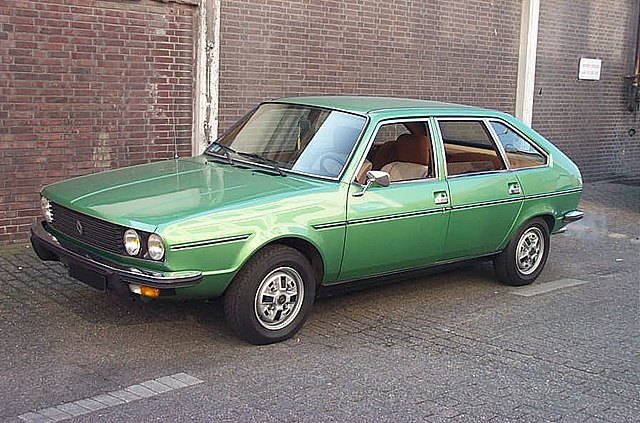What Car? is a British monthly automobile magazine and website, currently edited by Steve Huntingford and published by Haymarket Media Group. Other team members include deputy editor Darren Moss and test editors Will Nightingale, Neil Winn, Lawrence Cheung, and Dan Jones. The used car editors are Mark Pearson and Oliver Young. The consumer editor is Claire Evans.
What Car? magazine cover, April 2017
The Renault 20 (R20) and Renault 30 (R30) are two executive cars produced by the French automaker Renault between 1975 and 1984. The most upmarket and expensive Renaults of their time, the two cars were almost identical with regard to sheet metal and mechanicals; the R30 was the larger-engined and more expensive of the two. The two cars were easily distinguished between each other from their differing headlight configuration – the Renault 20 had two single rectangular headlights, whereas the Renault 30 had quadruple round headlights. The interior specifications differed substantially, however, with the Renault 30 having a higher specification in all models. Over 622,000 R20s and 145,000 R30s were produced in Sandouville near Le Havre, France.
1983 Renault 20 TX
Renault 30
Rear view of a Renault 20 TS
A very early Renault 20, still with the upside-down door handles





